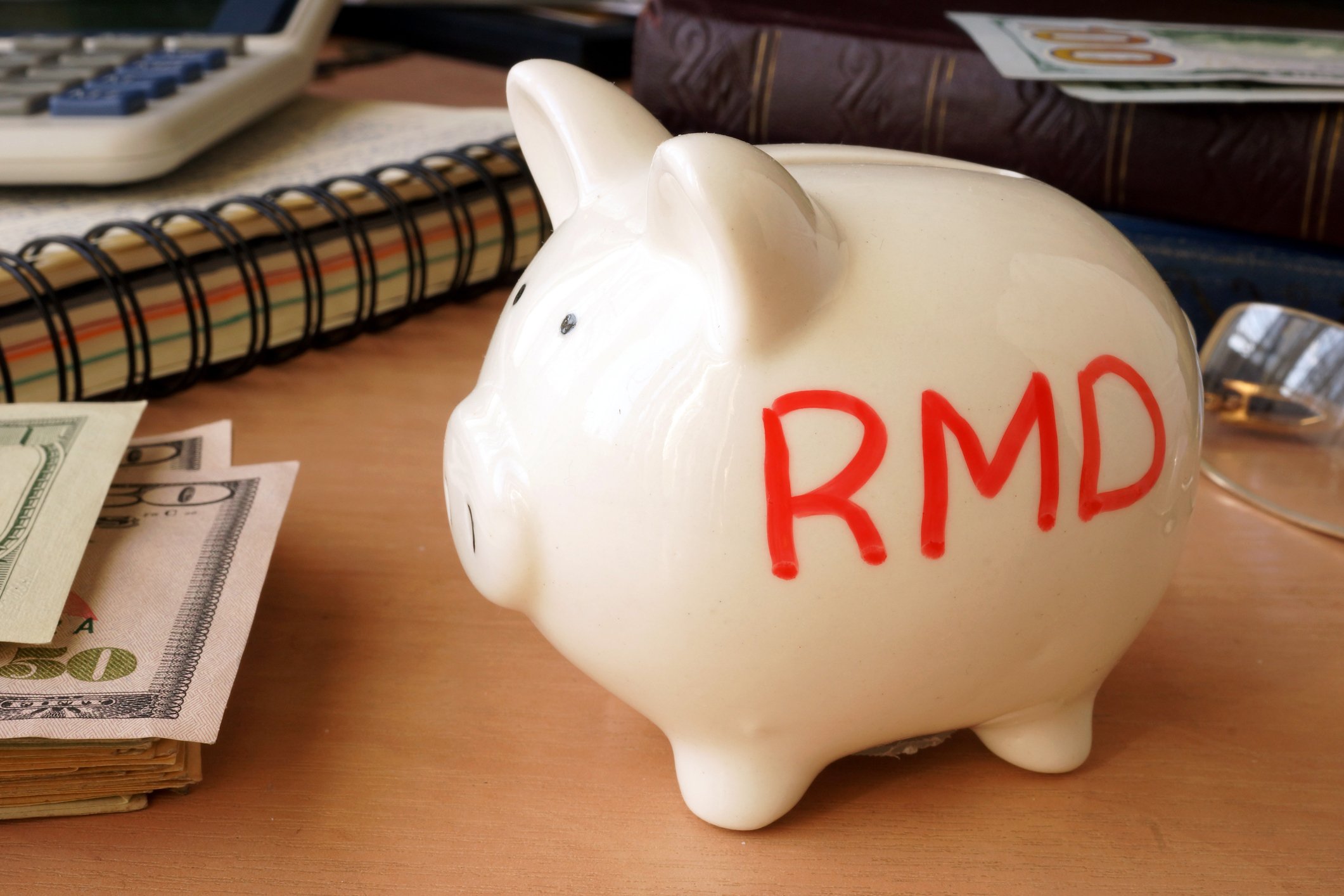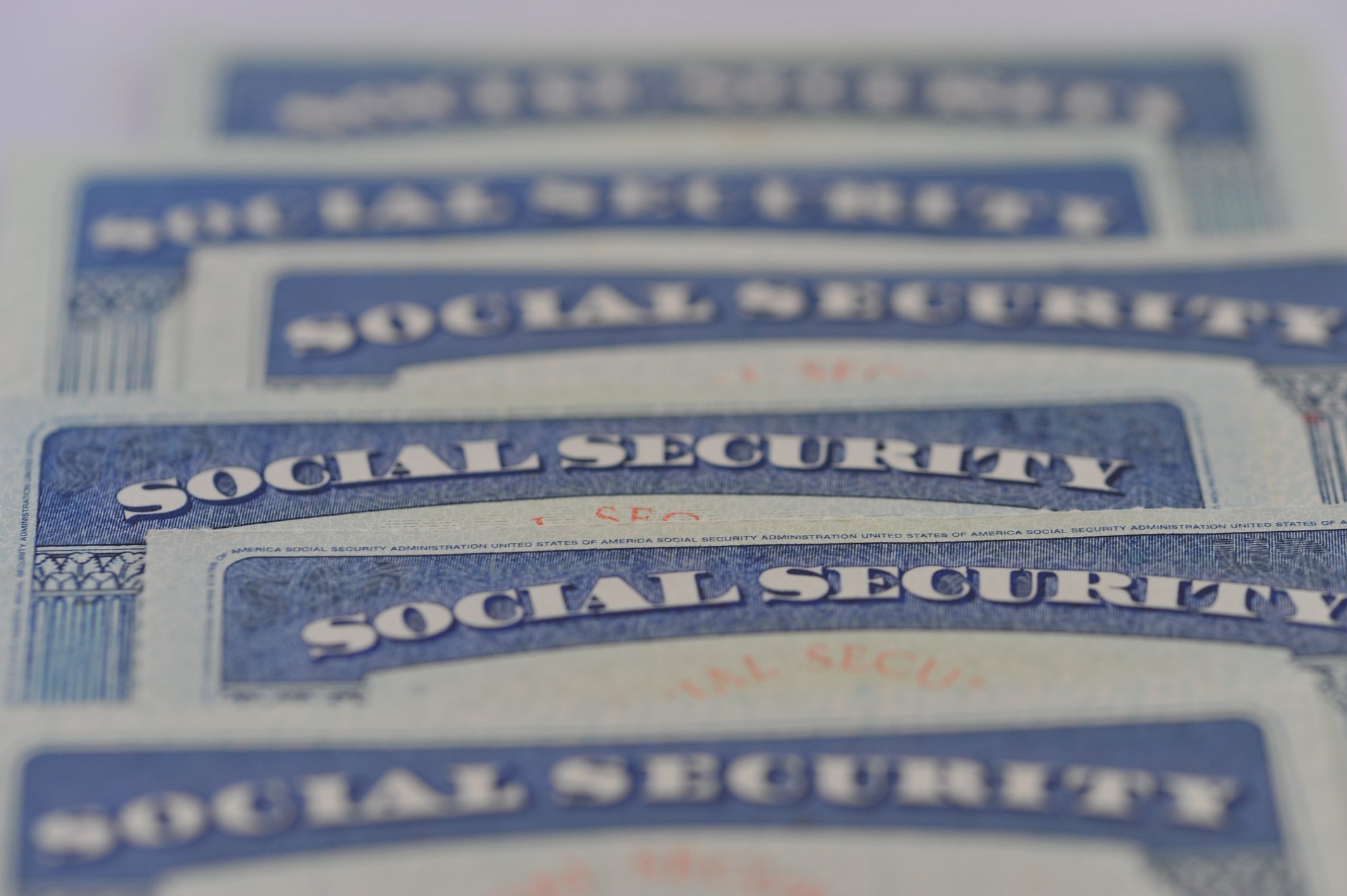Retirement may be far off for you, but planning for it takes decades. You may think you don't need to worry about retirement in your 20s and 30s, but the longer you put it off, the more difficult it will be for you to save enough because your savings have less time to benefit from compounding growth.
It's never too early (or too late) to start planning for retirement. Here are three key steps you should take now if you haven't already.

Image Source: Getty Images
1. Create a retirement plan.
In order to know how much you need to save for retirement, you need an estimate for how much you will spend in retirement. Start by estimating how long you'll live. The average life expectancy in the U.S. is 78.6 years, but one in three 65-year-olds today will live past 90, and one in seven will live past 95, according to the Social Security Administration, so you may want to figure high if you're reasonably healthy. Then subtract your planned retirement age from your estimated life expectancy to get the approximate length of your retirement.
Next, estimate your annual living expenses. Add up all the costs you expect to have in retirement, including housing, utility bills, groceries, and healthcare costs. Some expenses you have today, like child care, may disappear in retirement, while other costs may increase.
Once you've got your estimate for your annual spending in retirement, multiply this by the number of years of your retirement. You need to add 3% per year for inflation, which a retirement calculator can do. It should also give you an estimate of how much you need to save per month and overall to meet your retirement goals. This amount will vary depending on what you choose for your investment rate of return. If you're trying to be conservative, use a 5% or 6% rate of return.
Finally, take your target savings number and subtract the amount of money you expect to receive from other sources, like an employer 401(k) match or Social Security, to figure out how much you need to save on your own. You can estimate your Social Security benefits by creating a my Social Security account.
The age at which you begin taking Social Security also matters. If you want 100% of your scheduled benefit per check, you must wait to start claiming benefits until your full retirement age (FRA) -- which is 66 or 67 depending on your birth year. You can start claiming benefits as early as 62, but if you do, you'll only receive 70% or 75% of your scheduled benefit per check, depending on your FRA, to account for the extra months you're receiving benefits.
You can also delay benefits past your FRA, and your checks will increase until you reach the maximum benefit of 124% or 132% of your scheduled benefit per check at age 70. It's up to you to determine when to begin collecting Social Security benefits, but if you expect to live a reasonably long life, you're better off delaying benefits if you can so you can get larger checks. This will reduce the strain on your personal retirement savings.
2. Open a retirement account and begin contributing.
If you don't already have a retirement account, open one. You may be eligible for a 401(k) through your employer. If not, you can open an Individual Retirement Account instead.
You may contribute up to $19,000 to a 401(k) in 2019 or $25,000 if you're 50 or older. By comparison, you can only contribute $6,000 to an IRA in 2019 or $7,000 if you're 50 or older. If you have a 401(k), your employer may match some of your contributions, reducing the burden on you to save for your own retirement. IRAs don't offer this option, but they can still be valuable retirement savings tools because they often charge lower fees than 401(k)s, and you have a wider range of investment choices, including stocks and bonds, mutual funds and exchange-traded funds (ETFs), annuities, and real estate.
If you choose an IRA, you must also make a choice between a traditional and a Roth IRA. Traditional IRAs are tax-deferred, so your contributions reduce your taxable income this year, but you pay taxes on your distributions in retirement. Roth IRAs work the other way. Your contributions won't reduce your taxable income this year, but after you pay taxes on your initial contributions, they grow tax-free. Most 401(k)s are tax-deferred, but employers are increasingly offering Roth 401(k)s for individuals who would like to take advantage of Roth IRA benefits while still keeping the 401(k)'s higher contribution limits.
Generally, you should contribute to tax-deferred accounts if you believe you're in a higher income tax bracket today than you will be in retirement. Contribute to Roth accounts if you believe the reverse is true. Or you can contribute some to each.
If you can, contribute as much as your retirement calculator indicated you should each month when you were making your retirement plan. If you can't contribute this much today, just do as much as you can, and try to raise your contributions by 1% per year until you reach your goal amount. If your employer offers a 401(k) match, contribute at least enough to get the full match to take advantage of the free money.
3. Familiarize yourself with your retirement account fees.
All retirement accounts have fees, though you may not realize it because they're taken directly out of your retirement account. Over time, these can eat into your profits. To find the amount of the fees, ask your plan administrator or read your plan summary or the prospectus for your investments. Ideally, you don't want to pay more than 1% of your assets in fees each year.
Your plan may charge administrative fees for things like record keeping or rollovers, and there may also be fees for individual investments or transactions. For example, mutual funds charge expense ratios -- an annual fee -- to all shareholders. Generally, 401(k)s charge higher fees than IRAs, and smaller companies charge higher fees than larger ones because they have fewer employees to divide their administrative costs among, but this isn't always true.
If you're paying more than 1% of your assets in fees annually, consider moving your money to low-cost investments, like index funds. These are mutual funds that track a market index, and they're known for providing solid returns and having low expense ratios. Alternatively, you could move your money from your 401(k) to an IRA to reduce your fees. But if you're getting an employer match that's enough to cover your 401(k) fees, you're probably better off leaving your savings where they are to take advantage of the free money.
Following these three steps can set you on the right path toward retirement, but remember, your retirement plan is an evolving thing. Every few years, look over your plan again to ensure that it's still adequate. If your lifestyle or your retirement goals change, you'll need to update your plan to reflect that.





